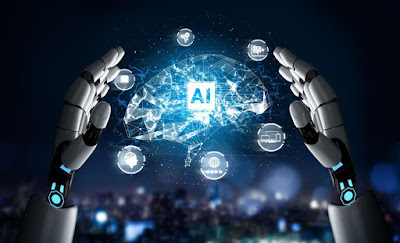Technology has become a seamless part of our everyday lives, from the time we wake up until we go to bed. Both at work and at home, we use technology to some extent in completing the majority of personal and professional tasks – from downloading music and playing games to communicating with clients and personal banking.
In this fast-paced world, relevance is fleeting, and new product launches make existing technologies obsolete seemingly overnight. The constant evolution of the industry means new job opportunities will continue to rise for professionals with relevant skills. In fact, the Bureau of Labor Statistics reports that employment of computer software engineers is expected to increase by 32 percent from 2008 to 2018, much faster than the average for all occupations, particularly for those with bachelor’s degrees.
Graduates with bachelor’s degrees in engineering technology will be positioned for career success, as these programs provide the educational framework for designing and implementing the software and hardware that make technological advancements possible. Many universities now offer degree programs tailored to this career path, giving students hands-on experience in fields poised to expand over the next decade.
“DeVry University partners with Fortune 100 leaders in business and technology to design programs that provide real-world knowledge,” explained John Giancola, dean of the College of Engineering and Information Sciences, DeVry University. “Our Computer Engineering Technology and Electronics Engineering Technology degree programs are designed to address the skills students need to succeed developing software or electronics for a variety of consumer product markets, including ‘green’ products that require renewable energy.”
While many fields have declining projections for growth, engineering technology continues to thrive. “Money” magazine recently listed software developer, software development engineer and database administrator among its top 20 jobs in fast growth fields, each of which is an attainable profession with a degree in electronics engineering technology or computer engineering technology.
From healthcare and government to telecommunications, the technologies that support growing industries are rapidly becoming more advanced and complex, creating new demand for professionals trained to manage updated systems and resolve new, unique problems.
Similarly, companies in all industries are becoming increasingly global and require engineering technology specialists to ensure that the systems they use to conduct business are compatible at international locations.





Follow Us
Were this world an endless plain, and by sailing eastward we could for ever reach new distances